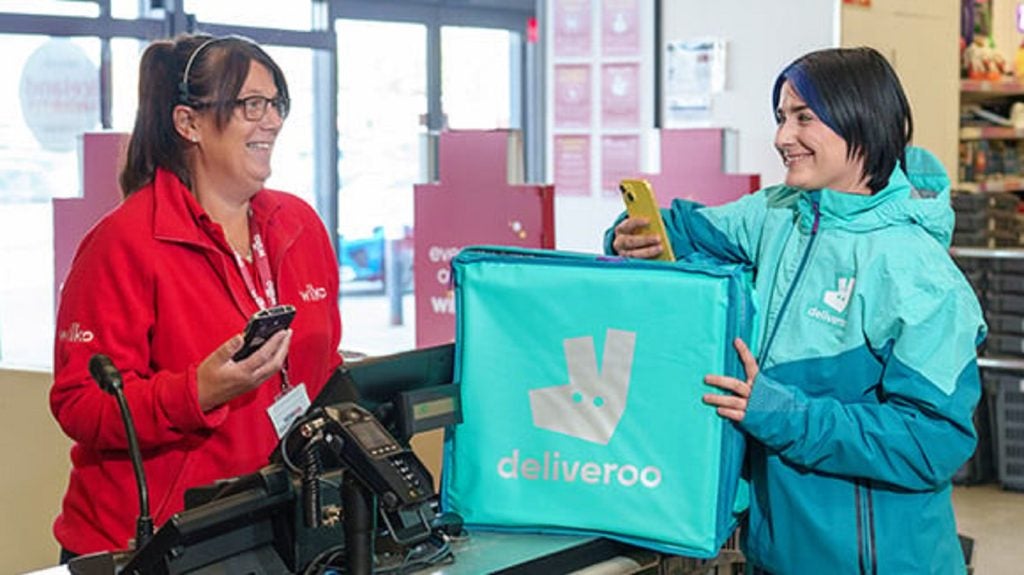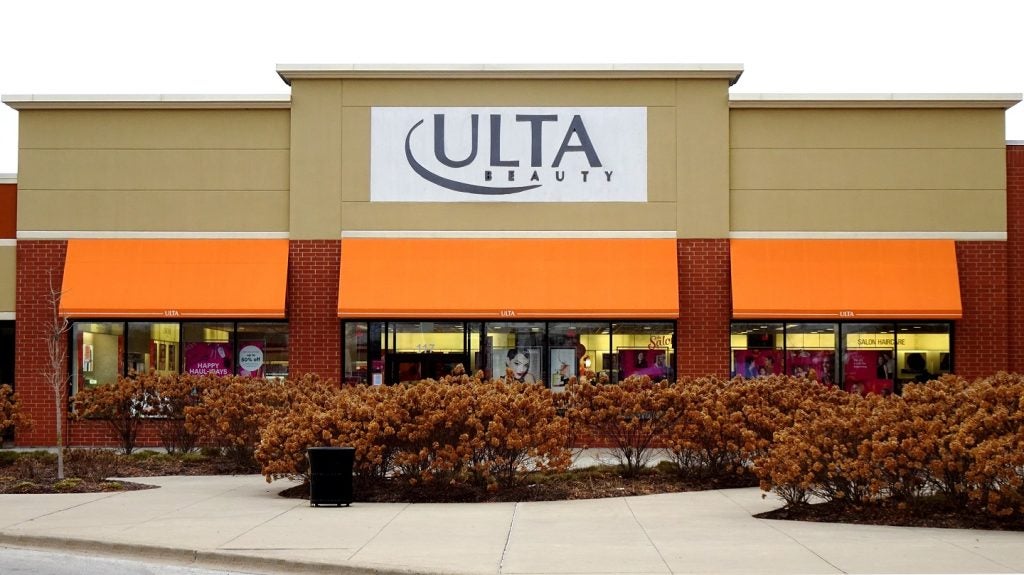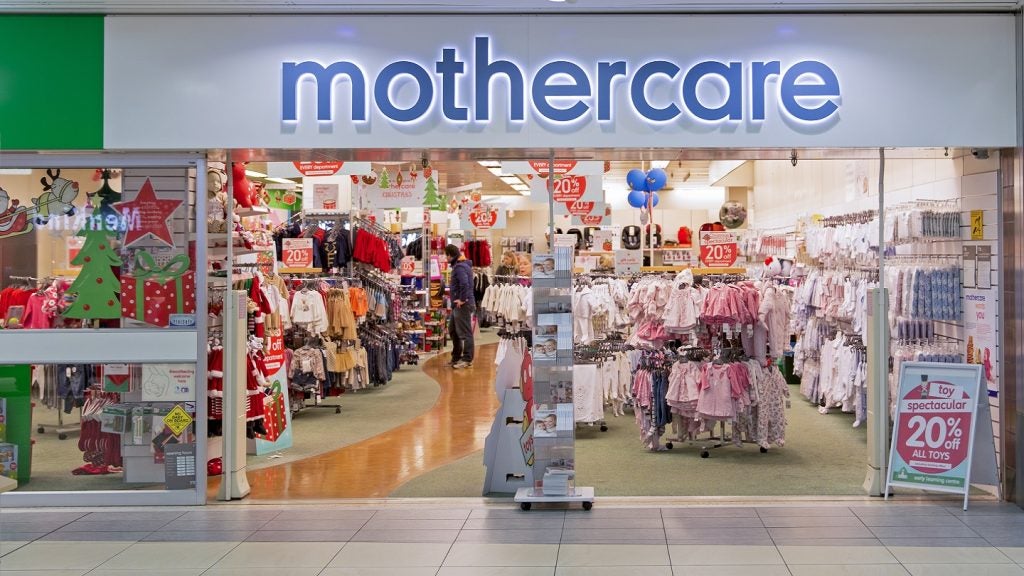Despite the rapid rise of e-commerce, recent research continues to highlight the enduring appeal of in-store shopping.
Conducted by x-hoppers and market research firm Sago in 2024, the survey reveals that a significant portion of consumers—51%—prefer the tactile, personal nature of physical stores, with this figure rising to 62% among shoppers aged 55 and older.
Several key factors contribute to this preference, and understanding these elements is vital for retailers aiming to stay competitive.
The importance of customer service
One of the most compelling reasons consumers continue to opt for in-store shopping is the direct human interaction. According to the report, 60% of respondents are willing to travel further to stores where staff are known for their friendliness.
Customer service plays a pivotal role in securing loyalty, with 23% of shoppers indicating that friendly staff are the main reason they remain loyal to a store.
However, poor service has the opposite effect, with 57% of shoppers avoiding stores where staff are unhelpful or inexperienced. This highlights the necessity of well-trained employees who can enhance the shopping experience by providing assistance and creating a welcoming environment.
Inventory and instant gratification
Another critical factor driving in-store shopping is the availability of products. Unlike online shopping, physical stores offer immediate gratification; shoppers can touch and purchase items on the spot.
In fact, 87% of consumers stated that being able to handle and take home a product immediately is a major advantage.
On the flip side, low stock levels are a significant deterrent, with nearly half of the surveyed consumers (49%) stating they would not return to a store that frequently lacks inventory.
Safety concerns influence behaviour
Safety in-store is a growing concern for many shoppers. The survey shows that 81% of respondents prioritise safety when deciding where to shop.
With in-store theft becoming increasingly common, shoppers are mindful of their surroundings, and a safe environment significantly impacts their overall experience.
Retailers are now more focused on enhancing security measures to protect both their customers and inventory, often employing technologies like AI-driven theft detection systems to safeguard stores.
Retailers who address these concerns are likely to maintain a loyal customer base, particularly as the majority of global retail sales are still expected to take place in physical stores, with in-store shopping projected to account for 80% of sales in 2024 and 77% by 2027.
In conclusion, while online shopping continues to grow, the in-store experience remains a preferred option for many consumers. Factors such as customer service, inventory availability, and safety are key drivers that physical retailers need to address to retain their competitive edge.
As Ian Rowan, CEO of x-hoppers, summarised, "It's more important than ever for retailers to focus on these essentials to keep customers coming back."
By prioritising these areas, brick-and-mortar stores can foster stronger relationships with their customers and ensure lasting loyalty.














